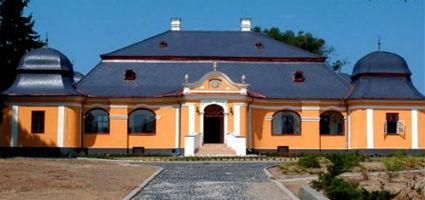|
|
The last room looks at the park that hosts cast iron household equipment and works of art from the Bereg region, as well as nearly five-hundred cast iron stoves.

|
Textile has always been part of people’s life, from birth to death. Tools made of textile are there everywhere, in households, farming and of course clothing.

|
Work in relation to textile determines life in villages throughout our region. The most important moments in the life of people living in Tiszahát are connected to weaving and embroidery of the textile thus produced.

|
One of the traditional fancyworks of the Tiszahát people living in Bereg is the mourning funeral fancywork. When trousseaus were prepared for young girls, mourning tablecloths, mourning covers for mirrors and bier covers were already included in it. These textiles were mostly embroidered with black thread. However, the motifs were the usual ones, those that were applied on most of the textiles used on a daily basis.

|
The large reception hall leads to the room considering the life of the legendary Calvinist priest, the founder of the museum, Árpád Csiszár (1912-1989). Interesting, often edifying events are highlighted from the life of the priest who set an example with his life to future generations.

|
Patrons in villages in Bereg used to be of noble families. They helped communities in their region, helped them to survive and also patronised talented young men.

|
The determining role of the Tomcsányi and Lónyai family, as well as the role of the castle in the history of Eastern-Hungary is demonstrated in a separate room The family tree of the academic Pál Tomcsányi and his wife, Sarolta Szemere, an outstanding embroidery artist, is also displayed in this room.

|
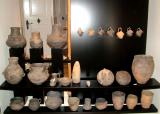
The archaeological exhibition divided into two parts is shown in a large ward and one opening from there. Among the objects there are ordinary objects, jewellery, weapons, tool, objects used during rituals, objects buried with the deceased etc.

|
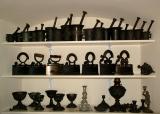
The last ward with around fifty cast iron stoves made in the Bereg region looks at the park behind the building. The ward is also apt to hold workshops and programs of the Museum Friends Association.

|
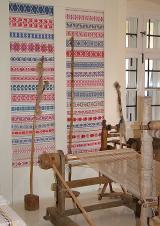
In our region, life was built around fibre works traditionally. The most determining moments of the life of the people who lived in the Bereg Tiszahát were related to textile made with weaving and then ornamented with embroidery.

|
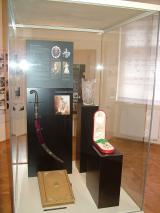
A separate ward presents the relations of the Lónyai and Tomcsányi families who played crucial part in the history of Bereg County. The exhibition presents the family tree of the scholar Tomcsányi Pál and his wife Szemere Sarolta who was familiar with embroidery and other art forms.

|
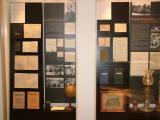
The showing entitled 'The Treasures of Bereg' features historic and social relations of the town of Vásárosnamény first mentioned in a charter from 1214.

|
A variety of earthenware was necessary to have for every household in the past. As pottery craft was only there in our region until the 17th century, people had to purchase pottery at fairs. Potters from various towns brought their products to fairs in Namény where the fair-goers could select from a variety of pottery.

|
